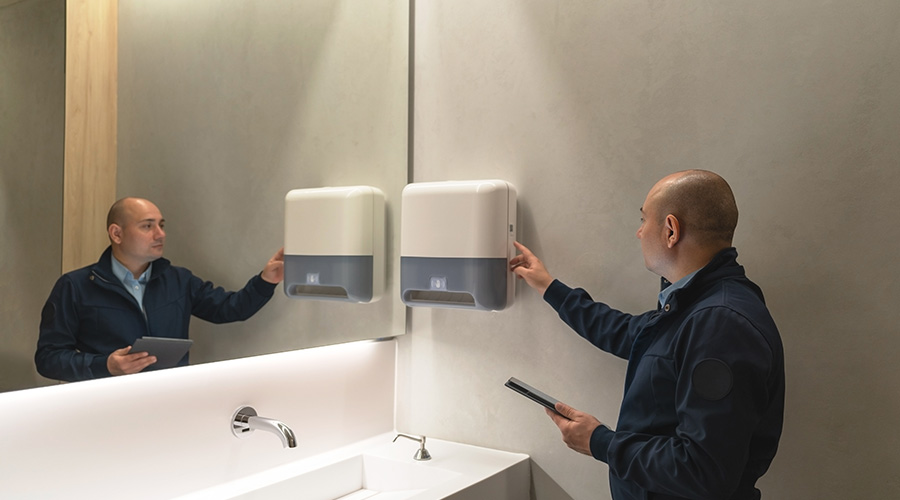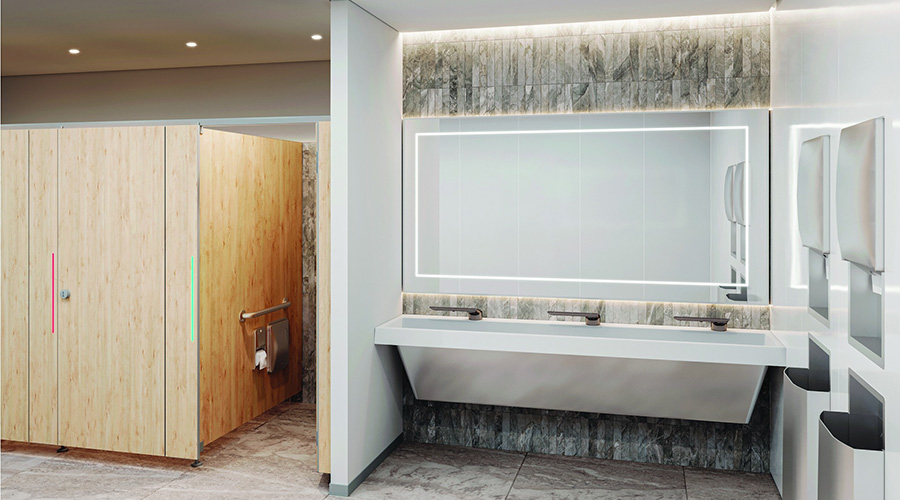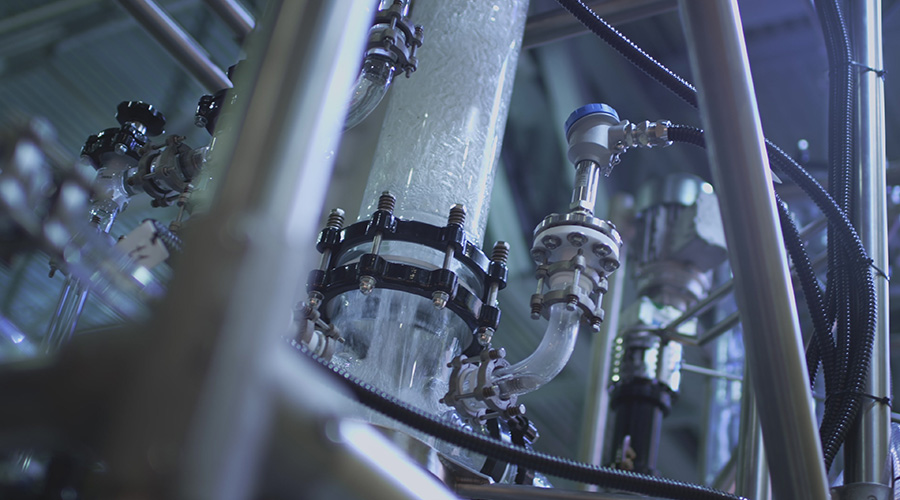Determining Savings from Plumbing Upgrades
Most plumbing retrofits require that managers demonstrate the project's savings and additional benefits in order to gain financial approval. If a simple payback on a plumbing retrofit does not meet a building owner's standard, managers can point out that other, long-term benefits of the retrofit —reduced water use, improved hygiene, and protection against rate increases — might tip the scales in favor of the fixture upgrade. After the retrofit is complete, managers can compare water bills covering periods before and after the project to measure water use and confirm the expected savings.
The reduced water use and resulting savings from plumbing retrofits can be significant. A retrofit reduces the amount of fresh water that must be treated to drinking standards and minimizes the load on wastewater treatment plants. Managers can check with the local water utility or government agencies for information on utility rebates that provide incentives for retrofits.
How much water can a facility save with a plumbing retrofit? One way to measure savings is to estimate or measure the number of water closet and urinal uses for a facility. Assuming that each user washes his or her hands for 20 seconds under a new lavatory faucet that uses 0.5 gallons per minute (gpm), the fresh-water savings for 1.28 gallons per flush (gpf) of an HET is 2.72 gallons per user, and 1.375 gallons per user for an HEU that uses 1 pint — 0.125 gallons — per flush.
Another way to predict savings is to meter the actual water and fixture use. One effort to meter an entire facility involved the installation of water submeters throughout a facility in order to determine the amount of water that each department used, including the restroom use. Fixture-use counters, which feature the same type of sensors that operate a flush valve, also were installed at each water closet and urinal.
The measurements validated the savings that resulted from a large-scale plumbing retrofit of retail buildings that used thousands of gallons per day in the restrooms. The project involved the replacement of a mixture of 3.5 gpf and 1.6 gpf toilets and 1 gpf urinals with HET and HEU fixtures, which were expected to reduce restroom water use by 34 percent. Based on a review of water bills, the savings approached the anticipated 17 percent total for the buildings.
Managers can use estimated or measured data on fixture and water use, along with water and sewer rates from the facility water bill, to calculate expected savings. It is important for managers to look at long-term use patterns, especially if the facility has seasonal occupancy patterns that affect water use. Add these savings to potential rebate or incentive income, and compare the number to the material and labor costs for the retrofit. Some rebate programs include fixtures, so fully investigate program details.
It also is vital for managers to apply their expertise in operations and maintenance to the retrofit plan. A building with high levels of customer traffic — such as a K-12 school or airport — might require different fixtures than a facility that is used mostly by building employees who generate less traffic and are familiar with the fixture use.
For example, dual-flush toilets that deliver different volumes of water depending on fixture use might not be the best choice for a high public-use retail or stadium environment. If the fixture user does not understand the way to properly select the higher flush volume when required, the resulting low-volume flush is not likely to produce the desired result.
This situation could result in a fixture clog or sewer-line blockage. Or, if the user selects the higher flush volume when a lower volume is required, the result is wasted water.
Related Topics:













